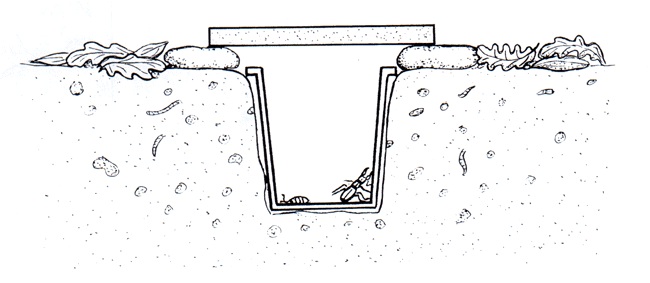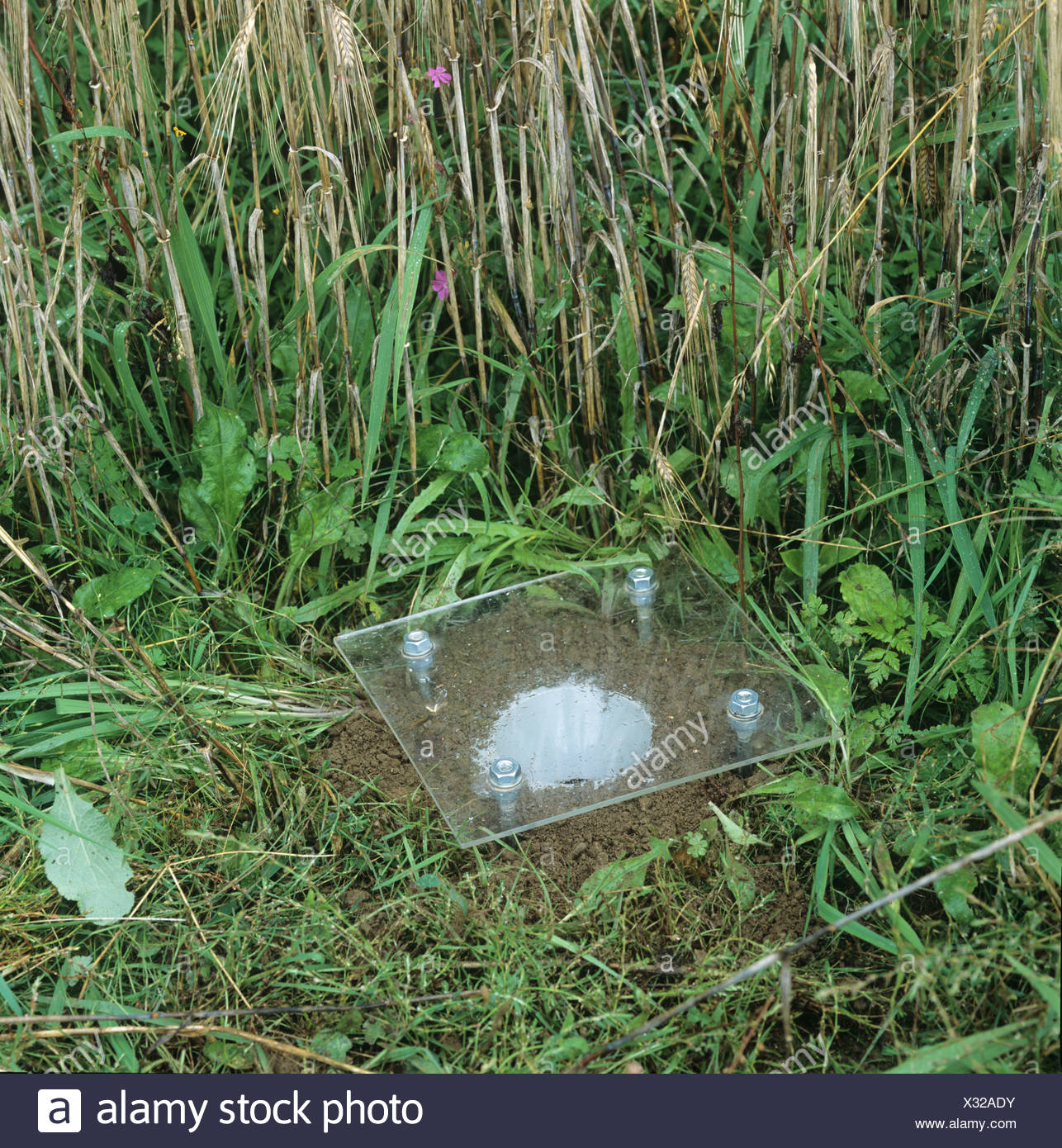
Here we describe and review this work and place it in context with other knowledge of the arthropod fauna of the hotspot. All of these studies on the Australian mainland now fall within the Forests of East Australia hotspot. Since 1987 a research group based first at the University of New England, New South Wales, and, since 1992, at Griffith University, Queensland, under the leadership of RLK, have investigated this arthropod biodiversity in Australian tropical and subtropical rainforests (as well as carrying out comparable studies in New Guinea, Vietnam and China). ( 2011) was based on the overall richness of the flora and vertebrate fauna, the levels of endemism, and the area lost since European colonisation in 1788.įorests generally contain high levels of invertebrate, particularly arthropod, diversity and, globally, rainforests are considered particular foci of arthropod diversity (Basset et al. The case for the listing as put forward by Williams et al. This vast region of over 250,000 square km encompasses both tropical and subtropical rainforest as well as the surrounding eucalyptus-dominated dry forests. The ‘Forests of East Australia’ were added to the global list as the ‘35th hotspot’ of biodiversity in 2011. Regarding the entire rainforest community-microbiota, plants, vertebrates and invertebrates-as the ‘object’ to be conserved is an essential and much more realistic mindset for future conservation efforts. Increasing frequency of wildfires impinging upon rainforest areas is having a devastating effect on these fire-sensitive forests. Nevertheless the growing impacts of global warming means they cannot be regarded as ‘safe’ from a conservation point of view. Most of Australia’s tropical and subtropical rainforests are held in National Parks and they are defining features of two of Australia’s largest World Heritage Areas.



Increasing frequency of wildfires impinging upon rainforest areas is having a devastating effect on some of these fire-sensitive forests. Growing impacts of global warming means they cannot be regarded as ‘safe’ from a conservation point of view. The vulnerable Richmond Birdwing butterfly, a species of subtropical rainforests, has become an icon of how recovery methods can be applied to invertebrate species. Arthropods are increasingly being nominated on lists of rare, threatened and endangered species a range of species of insects, particularly butterflies, have been so identified in Australia but few of these are rainforest species. A focus on moths in remnant and elevational studies has led to the identification of indicator sets of species which may be most useful for tracking the impacts of environmental degradation and global warming. Important and distinct patterns reflecting latitude, altitude and vertical position have emerged. Recent research foci have included tropical and subtropical elevational transects, latitudinally diverse multi-method one-hectare surveys, and use of canopy knockdown as a way of sampling the canopy. From the late 1980s mass sampling approaches developed.
Optimal pitfall trap for rainforest plus#
Selected butterflies and beetles plus economically important species stand out in this respect. Some taxa have received much more attention than others. Through the twentieth century this focus increased and comparative biogeographic studies began to emerge. These have attracted the attention of western science since before formal colonization. The most abundant and functionally significant animal species within these forests are arthropods.

Since European colonization in 1788 these rainforests have been reduced in extent by about 30%. Australian tropical and subtropical forests stretch over 24° of latitude from Cape York, Queensland, to south of Sydney, New South Wales. Australian rainforests are maintained orographically and are embedded within vast tracts of pyrogenic open forest and woodland. The tropical and subtropical rainforests of eastern Australia are a major component of the Forests of East Australia global hotspot.


 0 kommentar(er)
0 kommentar(er)
